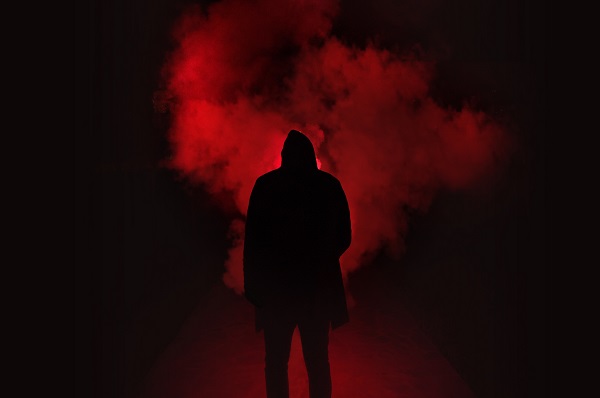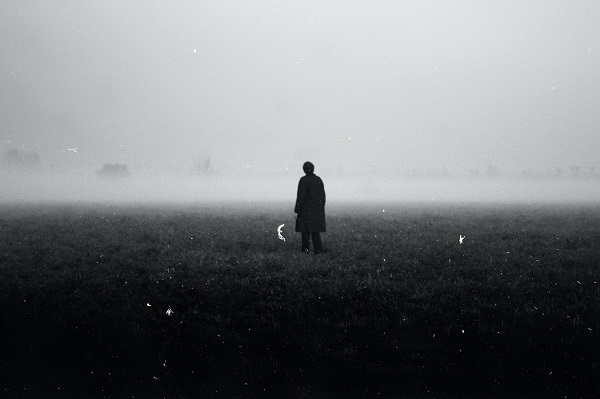The protagonist is usually thought of as the hero of the story. They might have flaws or make poor decisions, but over the course of their journey, they generally right their wrongs and triumph over evil.
As readers, we connect with the protagonist’s internal motivations, wants and fears. We understand why they are the way they are, and we root for them to achieve their dreams and make the world a better place.
But what if your main character possesses ‘evil’ qualities? What if their internal motivation is to gain power by any means, or to steal something rare and beautiful for the sole purpose of obtaining wealth?
Will the readers connect with them? Or will they be too disgusted to continue with your story?
Can a protagonist be evil? Can a villain be the main character of a story? Let’s find out.
The villain protagonist
Short answer: yes, a protagonist can be evil. Villain protagonists are nowhere near as common as heroes, but can be done well if you do the necessary character-building, which we’ll go into shortly.
Sometimes the villain protagonist will start evil and become a better person at the end. Other times they will remain evil throughout, stuck in their ways.
Sometimes they might even start out as a hero and descend into villainy. The possibilities for different character arcs are wide-ranging.
Whichever you choose, remember: a character cannot be evil for the sake of being evil.
Like a real human being, an evil protagonist should have a backstory, a reason as to why they hold certain beliefs and make certain choices.
If you don’t explore why they are the way they are, your protagonist will fall flat and readers won’t understand why they should invest in the story. Don’t give them a reason to put your book down.
Books with villain protagonists aren’t for everybody. Some people prefer to read about protagonists they can relate to and root for, and that’s fine.
Other readers may enjoy the challenge of picking up a book with an ‘evil’ protagonist to read a story from an unusual point of view. It’s those people for whom you’ll primarily be writing.

Books with villains as the main character
Some examples of books with villainous or evil protagonists include:
- A Clockwork Orange – Anthony Burgess
- American Psycho – Bret Easton Ellis
- Gone Girl – Gillian Flynn
- Prince of Thorns – Mark Lawrence
- Picture Perfect – Jodi Picoult
- Vicious – Victoria Schwab
- How The Grinch Stole Christmas! – Dr Seuss
- Perfume: The Story of a Murderer – Patrick Süskind
- The Picture of Dorian Gray – Oscar Wilde
How to create the ultimate evil protagonist
We have four important tips to help you create a compelling villain protagonist for your story.
They all revolve around one vital guideline: don’t let your protag fall into the cage of two-dimensional evil.
Build a three-dimensional character who is nuanced and multi-layered and your readers will thank you.
1. Build the evil protagonist as you would any main character
Every great villain believes they are the hero of their story.
Explore your protagonist’s backstory to help you and your readers understand why they’ve become so evil, and why their core beliefs are so messed up.
Other areas to examine include the protagonist’s personality, likes, dislikes, dreams and fears.
As you would with a typical ‘good’ protagonist, it’s important to build your villain’s character profile and get to know them inside and out.
While exploring the character as you prepare to start drafting, you will learn a lot that will most likely assist with writing the story itself. So it’s a win-win!
A compelling backstory will help your readers understand your evil protagonist better. We don’t need to agree with their choices, but it helps if we understand why they make them.
2. Study real-life villains
If you’re at a loss for how to create the ultimate evil protagonist, fear not! You can look to villains in real life for inspiration – for example, perhaps the world’s most well-known villain, Adolf Hitler.
It’s easy to write Hitler off as evil personified, but what’s perhaps even scarier to consider is that, like so many other people, he had a mother, a childhood, hobbies and interests (art and opera, to name a few)…
He was still an objectively heinous person, but there were layers to him. Fiction readers are intrigued by characters with layers.
Another infamous villain is Ted Bundy, an American serial killer who kidnapped, raped and murdered numerous young women during the 1970s.
Despite Bundy’s horrific acts, there were ‘likeable’ characteristics about him, such as his charming personality and attractive appearance (both of which made it easier for him to trick and take advantage of people).
Pair this with what appeared to be his genuine affection for his partner and her daughter, and you have a complex, multi-layered, three-dimensional character rather than a cardboard cut-out villain.

3. Give them human interests
If you give your evil protagonist an interest or hobby that most people like or can relate to, it will add to their complex character profile.
Perhaps they have a pet dog. Perhaps, like Alex from A Clockwork Orange, they like music. Perhaps they love playing the flute.
Or maybe they have a child whom they genuinely adore and take to the park every weekend. Who they push on the swingset and bake brownies with.
Reminding readers that your villain is a human, with whom they might even share a common interest, will better reflect the real world and instil them as a 3D character in readers’ minds.
4. Are they relatable?
Following on from the above, it can be a good idea to give your villain some experiences that are relatable, like getting stuck in traffic or being late for work.
Maybe they have a partner who they buy flowers for every Friday. Maybe they meet with friends for coffee on the weekend.
The contrast between ordinary acts like this and the character’s evil actions will build a complex villain protagonist who readers will relate to in some way (even if they don’t want to).
Is an anti-hero an evil protagonist?
You might be wondering if an evil protagonist is the same as an anti-hero.
No sirree! An anti-hero usually has a role more similar to that of a hero, but with a darker side.
They might start out ‘evil’, but over the course of the story, turn into a good guy and save the day. Or they might achieve good results through nefarious means.
Well-known examples of anti-heroes include Deadpool, Wolverine, Severus Snape and Jaime Lannister.
A villain protagonist, on the other hand, is generally evil, with no guarantee that they will turn into a hero by the end of the story.

Creating an evil protagonist is a skill you can work at, just like any part of creative writing. But before you venture forth, make sure the villain is the perfect choice to lead your story.
Ask yourself: how can the story be told in the best way? Through the eyes of an evil character, or a more typical ‘good’ character?
Think about which character has the most to say, or which you find most intriguing and want to explore further. If your answer is the evil character, then you have a potentially interesting story to tell.
Your readers will invest a lot of time, energy and emotion getting to know your main character, so it’s important you choose the right pair of eyes through which to tell the story.